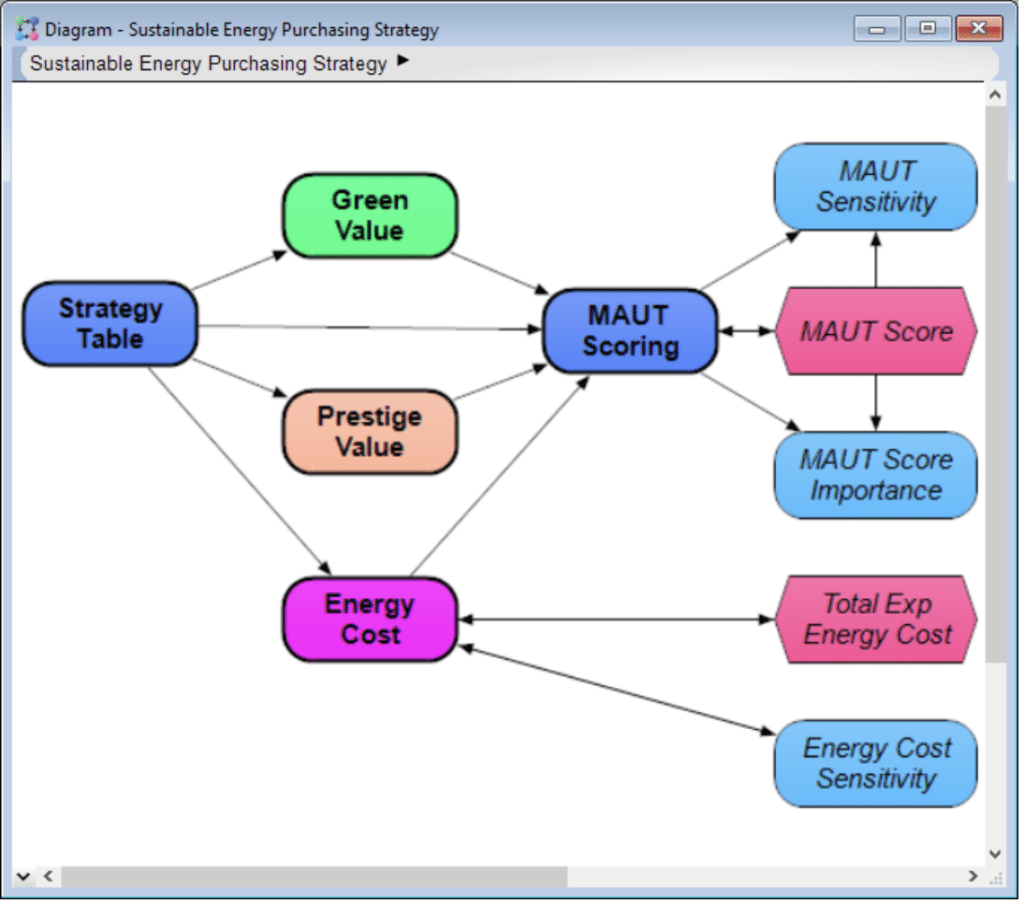Analytica > Case studies > Page 5
Case studies
Analytica is used for a variety of applications across many industries, in public and private sectors, universities and other research organizations. Select additional industry, methodologies or application areas relevant to your interests, to see case studies with practical examples of how Analytica is being used.
For more, click through to see a selection of published papers that highlight work that has been done with Analytica.










